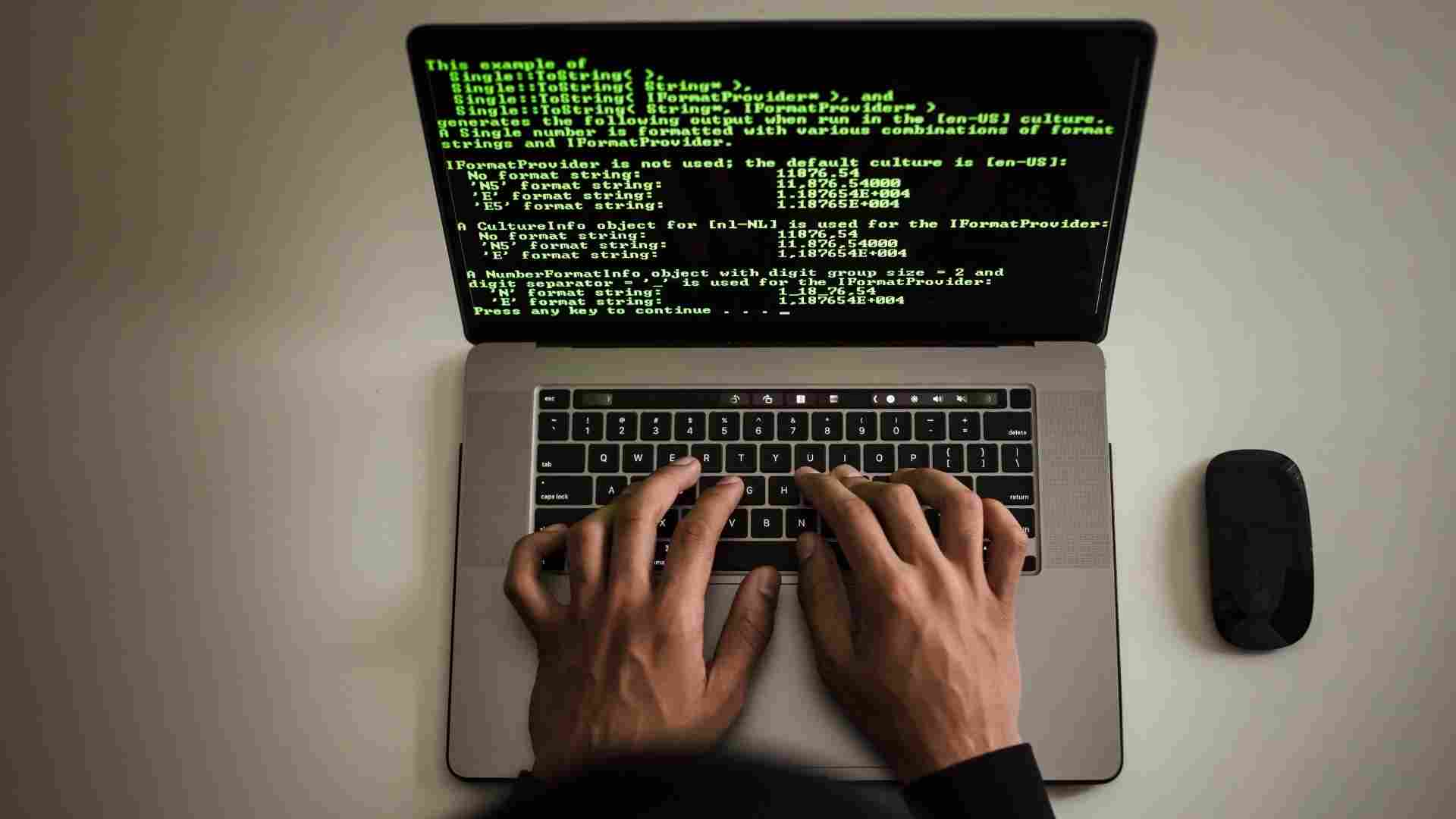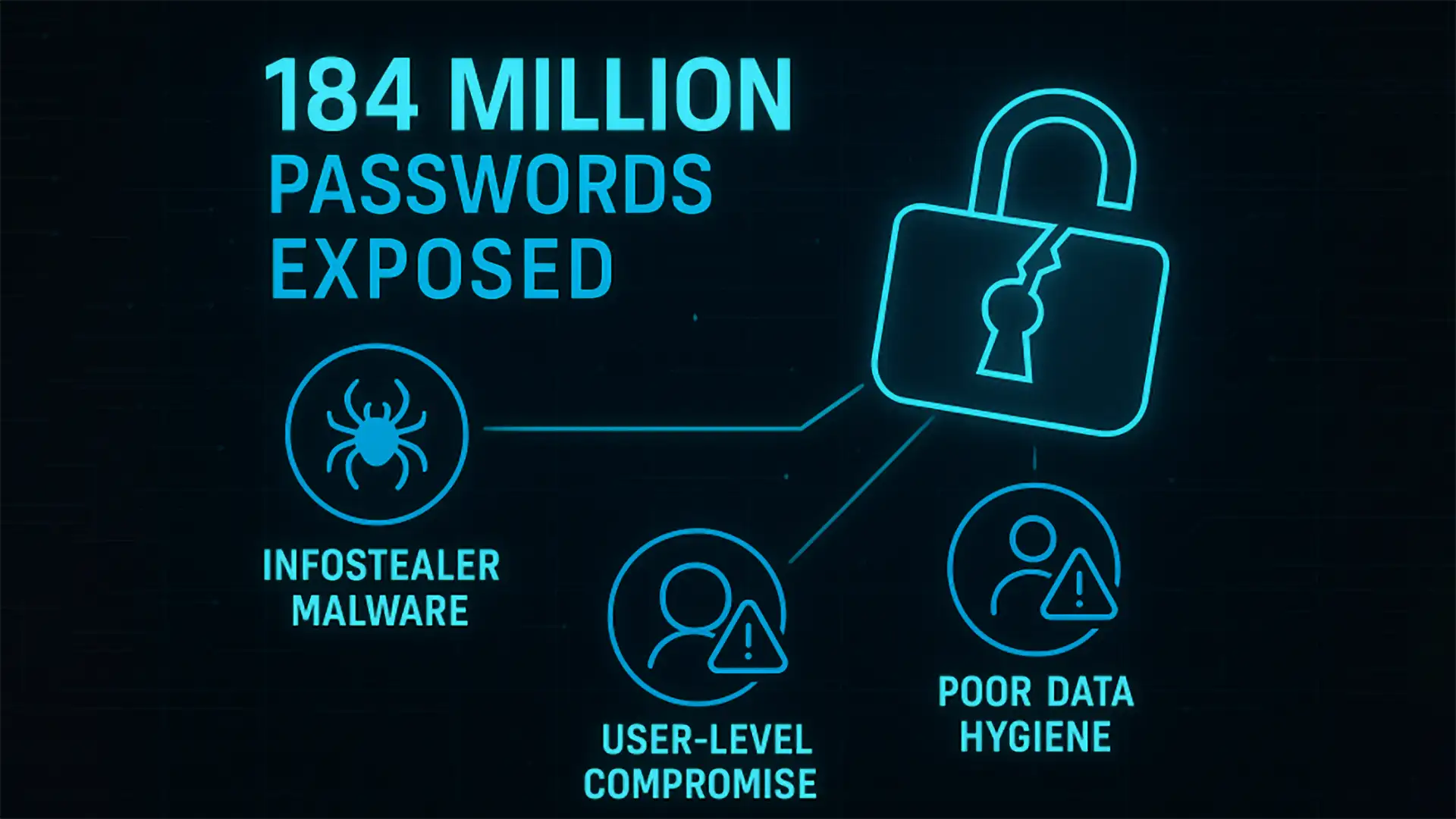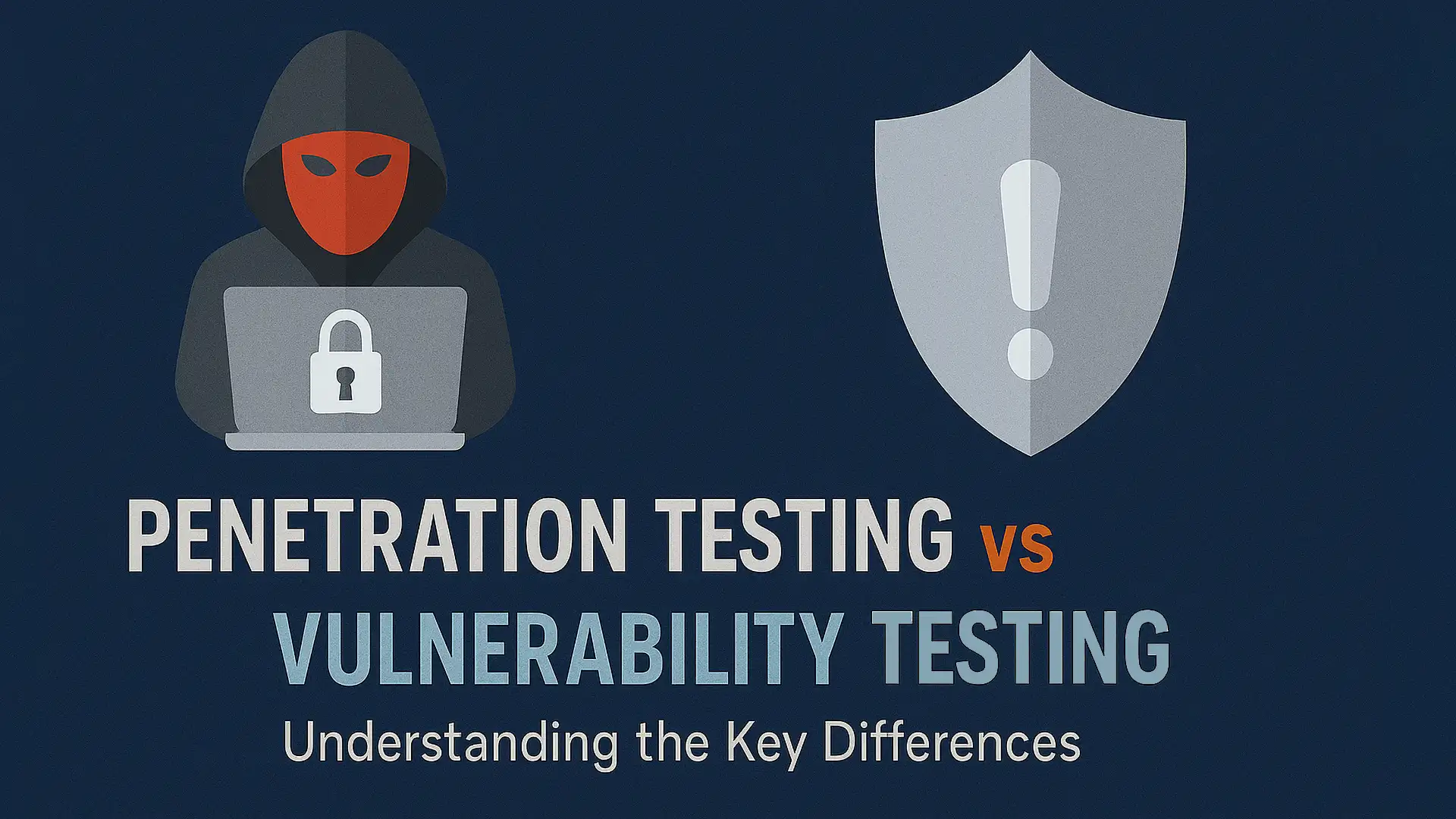Do you want to know the Malware Strategies of 2024? Tactics, Techniques, and Procedures (TTPs) form a crucial part of modern cybersecurity defense by offering a structured way to understand how cybercriminals operate. Unlike other indicators that may change frequently, TTPs focus on attackers’ underlying methods and processes, making them more reliable for recognizing and responding to threats over time. By studying TTPs, security teams gain deeper insights into how attackers plan and execute their activities, which helps create more robust defense strategies to address the root of a threat rather than just its surface-level signs.
TTPs enable a more proactive approach to cybersecurity. Instead of merely reacting to each new incident as it arises, cybersecurity professionals can analyze and anticipate how similar attacks may unfold, allowing them to establish more robust preventive measures. This understanding creates a more resilient defense framework that can adapt to new variations in attacks, especially since TTPs tend to stay consistent even as specific details, like the types of malware or entry points used, may vary.
Additionally, TTPs are invaluable in helping teams stay ahead of threats by revealing deeper behavioral patterns of attackers. With this understanding, it’s possible to create threat profiles that don’t just focus on individual incidents but provide a more comprehensive view of attacker goals, motives, and likely next steps. This holistic view enables organizations to stay one step ahead, often detecting threats before they cause significant damage. By understanding how attackers operate, security teams can build robust and adaptive defenses, ensuring they’re better equipped to tackle cyber threats complex and evolving nature.
Malware Strategies of 2024
Disabling of Windows Event Logging (T1562.002)
Disabling Windows Event Logging is a sophisticated technique cyber attackers use to avoid detection while carrying out malicious activities on a system. Windows Event Logs are a valuable source of information for monitoring and understanding system behavior. They provide detailed system and user activity records, helping administrators and security teams identify signs of unauthorized access or unusual behavior. Attackers effectively erase the digital footprints that typically alert defenders to their presence by turning off these logs. This technique allows them to operate with less risk of being discovered, which can prolong the time they have to carry out their objectives within a compromised environment.
When an attacker turns off logging, it usually happens after they’ve already gained a foothold in the system. At this point, they often want to cover their tracks to avoid leaving behind evidence that could be used for detection and investigation. Disabling logging creates a blind spot in system monitoring, making it much harder for defenders to track what’s happening. This is particularly dangerous because, without logs, even sophisticated security tools may not recognize that an attacker is manipulating system processes or accessing sensitive data. In this way, disabling logging is a tactic that allows attackers to remain unnoticed while they gather information or exfiltrate data.
Disabling logging also reflects the attacker’s awareness of typical defense strategies. Most organizations have tools that rely on these logs to detect and alert suspicious activity. By turning off the logs, attackers neutralize one of the primary layers of defense. This can leave organizations vulnerable and reliant on alternative, often less direct, methods to detect the presence of an intruder. The longer an attacker can operate undetected, the more likely they are to achieve their goal—whether that’s stealing data, disrupting operations, or implanting other forms of malware.
Ultimately, disabling Windows Event Logging illustrates the ever-evolving strategies used by attackers to gain an advantage over defenders. It’s a reminder of the importance of adopting advanced cybersecurity practices beyond log-based detection. By understanding and anticipating tactics like log tampering, organizations can prepare themselves with layered defenses that help detect and mitigate attacks, even when standard monitoring is bypassed.
PowerShell Exploitation (T1059.001)
PowerShell exploitation is a widely used technique by cyber attackers to execute commands and scripts on Windows systems, making it a common tactic, method, and procedure (TTP) in cyber operations. PowerShell, a command-line shell and scripting language, is a legitimate tool designed to automate tasks and manage system configurations. Still, its versatility also makes it a favorite tool for attackers. Through PowerShell exploitation, attackers can gain system access, deploy malicious scripts, and escalate privileges, leveraging a tool trusted by system administrators. This dual-use nature of PowerShell allows attackers to carry out activities with minimal risk of detection, as PowerShell is typically permitted in many environments.
PowerShell exploitation also exemplifies how attackers leverage techniques that provide efficiency and stealth in their procedures. Attackers use obfuscation techniques to hide malicious commands within PowerShell scripts, making detection challenging. Encoding commands or embedding them within legitimate administrative scripts allows attackers to avoid triggering alarms. This exploitation will enable them to evade signature-based and behavior-based detection tools, as the commands appear legitimate PowerShell usage. The ability to automate actions through PowerShell also allows attackers to execute a series of malicious steps rapidly, increasing the efficiency of their attacks.
PowerShell also enables attackers to enhance their persistence on the target system. Once they’ve established a foothold, they can use PowerShell to configure settings, create new user accounts, or implant additional backdoors. These steps are typically well-concealed within legitimate processes, allowing attackers to maintain access even if initial compromises are detected and removed. Through PowerShell, attackers can repeatedly return to the system and continue their operations, aligning with the TTPs of persistence and evasion. This allows for long-term access, which is particularly valuable for attackers engaging in espionage or data theft.
PowerShell exploitation is a prime example of attackers using legitimate system tools for malicious purposes, circumventing traditional security defenses. The flexibility and legitimacy of PowerShell provide attackers with a reliable method to achieve their objectives while minimizing the chance of detection. As a widely known TTP, PowerShell exploitation underscores the importance of vigilant monitoring and advanced security strategies, such as restricting PowerShell use or applying application allowlisting, to help defend against this sophisticated attack. Organizations aware of this tactic can better position themselves to identify unusual PowerShell activity and prevent attacks before they escalate.
Abuse of Windows Command Shell (T1059.003)
The abuse of the Windows Command Shell, commonly called CMD.exe, is a prominent technique attackers use to execute commands directly on Windows systems. The Windows Command Shell is a legitimate tool that allows users to interact with the operating system, making it essential for routine administrative tasks and advanced system management. However, attackers often exploit it as part of their tactics, techniques, and procedures (TTPs) because it provides direct access to the system’s core functionalities. This dual-purpose nature of CMD.exe enables attackers to use it without raising suspicion, blending malicious activity with normal system operations.
From a TTP perspective, abusing the Windows Command Shell is a versatile technique attackers leverage in various stages of an attack. Once an attacker has gained access to a system, the command shell becomes a powerful tool for executing a range of commands. This includes creating, deleting, or modifying files, managing processes, or configuring system settings. By utilizing CMD.exe, attackers can perform these actions without needing additional software or malware, relying instead on tools already in the Windows environment. This aligns well with the “living off the land” tactic, where attackers use built-in tools to avoid detection.
The Windows Command Shell is also valuable to attackers for automating and chaining commands to perform complex actions. By crafting command-line scripts, attackers can quickly execute a series of steps, such as setting up persistence mechanisms, escalating privileges, or initiating data exfiltration. This capability enhances the efficiency of their attack procedures, allowing them to perform a wide range of tasks within a single session. Through scripting, attackers can control nearly all aspects of the system, making the command shell a key component in their techniques for achieving control over a compromised machine.
The Windows Command Shell also supports obfuscation techniques that help attackers evade detection. Commands can be encoded, masked, or hidden within batch files, making it difficult for security tools to differentiate malicious commands from legitimate ones. Attackers frequently use this evasion tactic to reduce the likelihood of being detected by endpoint monitoring systems, which may not flag CMD.exe activity as suspicious on its own. Attackers blend into normal system behavior by hiding malicious actions within standard command shell operations, avoiding immediate detection and response.
In summary, the abuse of the Windows Command Shell exemplifies a tactic that enables attackers to maximize control over a target system while minimizing visibility. By leveraging this legitimate tool, attackers avoid many common security barriers, making it challenging for defenders to distinguish between regular administrative activity and malicious intent. Understanding this TTP highlights the importance of monitoring command-line activity for suspicious behavior and implementing security policies that restrict access to CMD.exe to reduce potential exploitation. Recognizing and addressing the abuse of the Windows Command Shell is crucial for organizations aiming to improve their defenses against stealthy and sophisticated cyber threats.
Modification of Registry Run Keys (T1547.001)
Modifying Windows Registry Run keys is a technique widely used by attackers to achieve persistence on a target system. The Windows Registry contains configuration settings essential for the operating system and applications. Run keys within the Registry specify which programs should start automatically whenever the system boots or a user logs in. By modifying these Run keys, attackers can configure their malicious software to execute automatically each time the system starts up, ensuring their code remains active even after reboots. This tactic makes it harder for users or administrators to entirely remove malware without detecting the modified Registry keys.
From a TTP perspective, modifying Registry Run keys is a critical method of persistence, a fundamental tactic that attackers use to maintain long-term access to compromised systems. Persistence allows attackers to continue their operations over an extended period, and altering Registry settings provides a straightforward method for achieving this goal. By placing their malware in these startup keys, attackers can avoid re-establishing their presence, which reduces their visibility and the need to compromise the system repeatedly. The technique is particularly effective because Run essential modifications are typically overlooked, especially if the malicious entry resembles legitimate software.
Regarding attack automation, modifying Registry Run keys allows attackers to script and deploy this persistence tactic as part of their broader attack procedures. After establishing initial access, attackers can automate the addition of malicious Run key entries using scripts, which helps streamline their operations and minimize time spent interacting with each compromised system. This efficiency enables attackers to rapidly set up persistence across multiple systems within an organization, ensuring they maintain access even if detected on individual machines.
The abuse of Registry Run keys demonstrates the attacker’s intent to establish long-term control over a target system, often without raising alarms. By leveraging this technique, attackers can maintain a low profile and avoid detection while keeping their malicious programs active. Recognizing this TTP can guide defenders in identifying suspicious modifications to the Registry and enhancing monitoring capabilities to detect and respond to unauthorized persistence mechanisms. Implementing policies to restrict Registry access or track modifications to Run keys can help organizations improve their defenses against attackers seeking to exploit these methods for extended access.
Time-Based Evasion (T1497.003)
Time-based evasion is a technique attackers use to avoid detection by timing their actions to blend in with normal system or network activity or to evade automated security measures. This approach involves delaying the execution of malicious actions until a specific time or for a particular duration, making it difficult for defenders to detect unusual activity. By programming their malware or scripts to activate during periods of low monitoring, such as outside business hours, attackers can evade detection from automated systems that may not actively monitor for threats.
From a TTP (Tactics, Techniques, and Procedures) perspective, time-based evasion is a technique that enhances stealth and reduces the chance of triggering alerts. This method keeps attackers hidden from detection tools by carefully planning their activities to coincide with legitimate, routine processes or network traffic patterns. For example, attackers may delay execution several hours after initial access to avoid immediate detection, or they might set malware to run only during specific times, like late at night, when monitoring and response may be slower. This tactic minimizes the likelihood of their activities standing out as suspicious.
Time-based evasion illustrates the attacker’s intent to remain undetected for as long as possible, allowing them to continue their operations without interference. It also speaks to their understanding of monitoring schedules and security controls within target environments. By leveraging timing in their procedures, attackers demonstrate a strategic approach to evasion, making it essential for defenders to maintain consistent and round-the-clock monitoring and consider detection mechanisms that can identify irregular activity patterns regardless of timing.
For more:
https://thehackernews.com/2024/11/5-most-common-malware-techniques-in-2024.html
https://www.lumificyber.com/blog/current-malware-trends-5-most-common-types-of-malware-in-2024/
https://www.chaudronnerie-cmm.fr/11/07/2024/lusim/ytLx148188Vn.html









